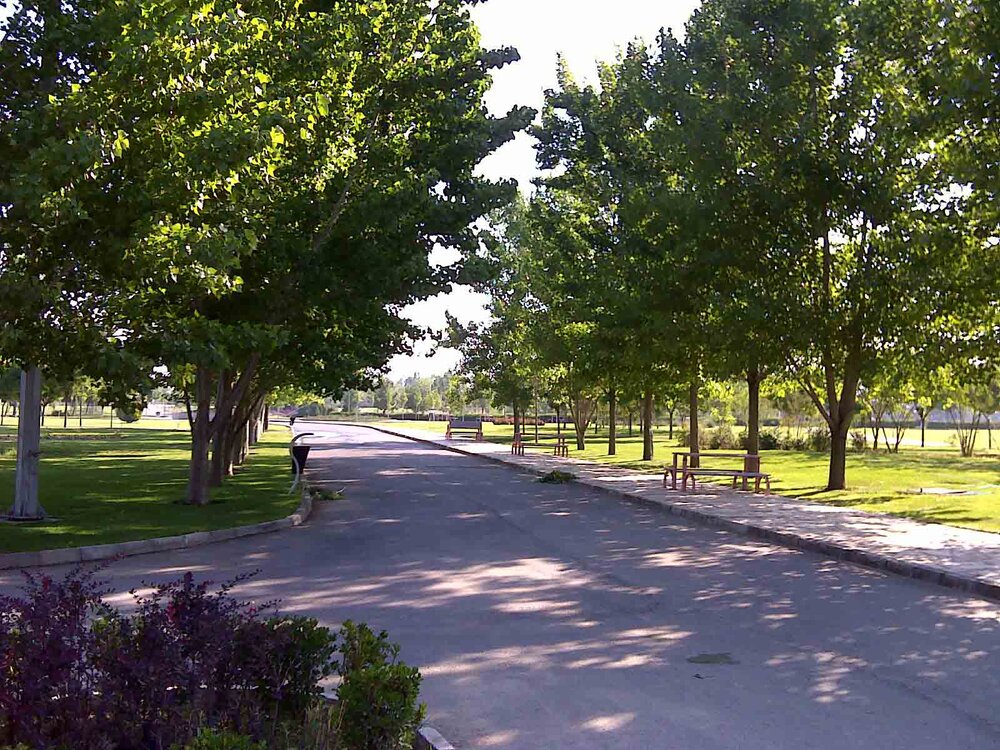‘Trees, vegetation not a solution to urban air pollution’

TEHRAN – Many facts indicate that, contrary to the public impression of particles and emissions are absorbed and filtered by trees and plants in cities, there is no significant effect on the reduction of pollutants at a city scale, Mohammad Reza Momeni, an expert in the field of air pollution and climate change told ISNA on Saturday.
Some claim that the world’s forests absorb a third of global emissions every year. Particles and pollutant gases such as nitrogen oxides, ammonia and sulfur dioxide settle on the leaves of a tree, which absorb these toxic chemicals through their stomata, or ‘pores’, effectively filtering these chemicals from the air. Trees also mitigate the greenhouse gas effect by trapping heat, reduce ground-level ozone levels and release life-giving oxygen.
While others believe that vegetation and trees in particular are regarded beneficial for air quality, but not a solution to urban air pollution.
Of course, the impact of trees and vegetation on the reduction of air pollution in rural areas is different from urban ones, as part of the research suggests that trees in villages are more effective in reducing air pollution than in the cities, he further explained.
The main use of trees and vegetation in urban areas is to reduce the effects of climate change; Trees and vegetation with shading also reduce temperature and the urban thermal islands, in addition to reducing noise pollution, and on the other hand, providing aesthetic beauty to the urban landscape, all of which are vital for urban areas, he also noted.
However, natural vegetation can play a small part in cleaning up air pollution but would need to be considered alongside other pollution reduction measures, he concluded.
Although, many strategies have been put in place to try and mitigate urban air pollution in Iran from introducing new traffic schemes to imposing car bans, promoting electric vehicles to providing more car-free zones, an integrated policy which separates people from major pollution sources and in which vegetation is used between the sources and the urban population maximizes its beneficial effects.
FB/MG
Leave a Comment